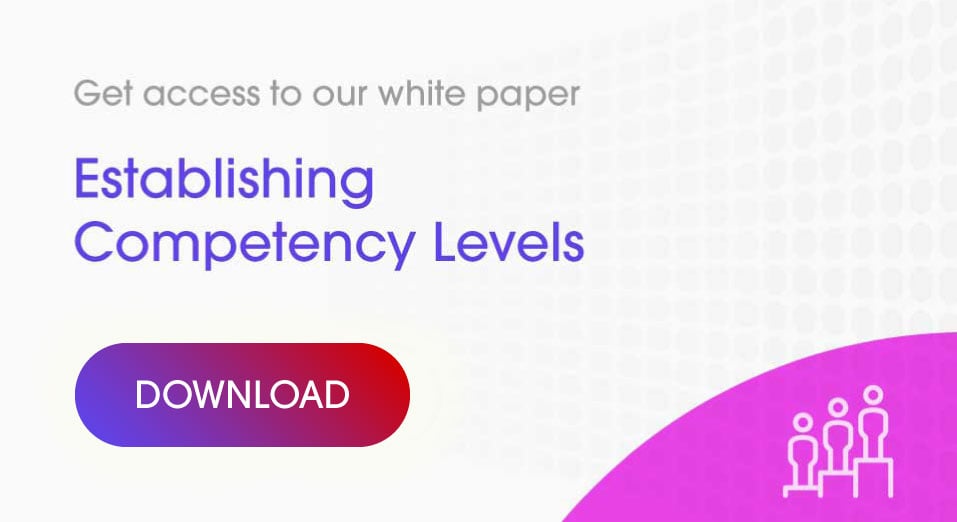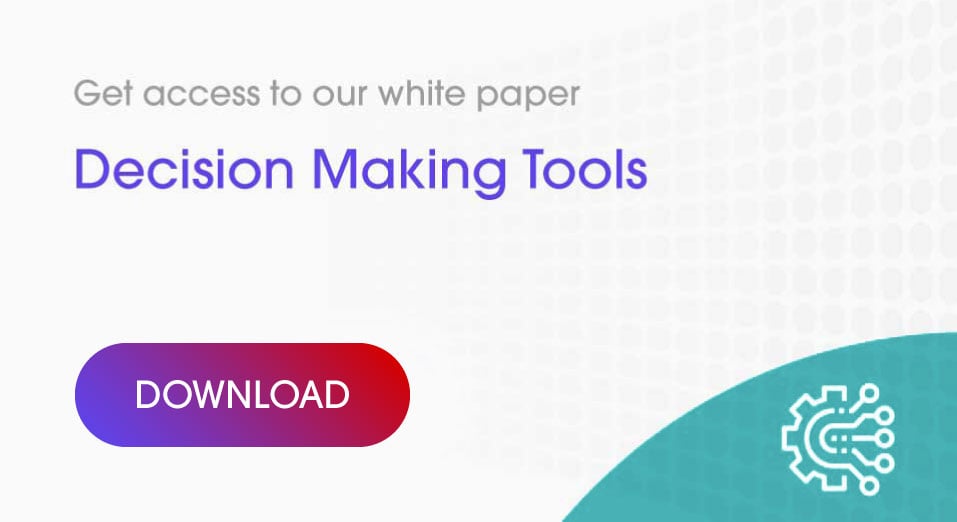Segmentation in the Heathcare industry ı Have we been focusing on a “one-size-fits-all” approach to sales force effectiveness? As the sheer size of the typical pharmaceutical salesforce increasingly comes into focus and as budgets are under pressure like never before, we increasingly find that senior management is beginning to ask questions, such as this.
While it is always true to say that the 80/20 rule is a fantastic indicator throughout the business world and we know that a certain proportion of our sales force is going to be highly productive while many are not, it’s high time that many pharmaceutical companies addresses exactly how some traditional approaches to salesforce effectiveness are – well, just not effective.
Consider many of the metrics that are traditional in our world and consider the approach that is often used as a sweeping, across-the-board approach to the issue. There is far too much generalisation and far too little segmentation, resulting in “below par” results. For example, high-volume prescribers are almost universally targeted, purely due to the fact that they spend a lot of money. Often, an approach to this particular doctor will be based on an assumption that he or she is inclined to spend in this particular niche, without regard to that individual’s particular circumstances, triggers, drivers, likes, distastes or motivators. It’s almost as if they are treating the professional as an automaton and this is surely not what pharmaceutical marketing training seeks to teach, is it?
Industry intelligence can be very valuable and can show how effective a company’s competitors are at reaching a particular professional. It’s not acceptable to use this metric alone when deciding to target, yet this kind of broad brush approach is often used. Results may have been achieved, but the results could have been far better and perhaps more fruitful if the professional had been approached from a different angle or perspective. This is why it’s important to analyse the behaviour of different groups of end-users, so that the most appropriate drivers can be targeted. It’s time to stop making assumptions and to start digging deeper, to really understand what motivates a particular professional into making a buying decision (Hint:it is rarely solely based on clinical data). Once these groups have been methodically segmented, they can be placed into appropriate categories, potentially leading to far more productive results. This is where the pharmaceutical company should practice diversity and ensure that pharmaceutical marketing training for the modern era involves fewer generalisations and more detailed evaluation of behaviour and emotional rather than logical drivers.
In the past, it may have been acceptable to buy potentially valuable “intelligence” data, lists and resources from traditional sources. These could well be the same lists used by competitors and this practice could well have contributed to the overload experienced by certain doctors, due to that style of targeting. There is far too much at stake to take this generic style of approach and management needs to determine a way of “dialling in” data, in order to determine a far more targeted solution. Indeed members of the salesforce itself may already have a lot of this data and intelligence, due to their one on one interaction over the years often however they are not aware of it or they are not asked for it. Use this kind of intelligence wisely and start to consider more than just the traditional approaches.
Learn more : Profile & segment customers on how they think
The Actando Consulting Team










